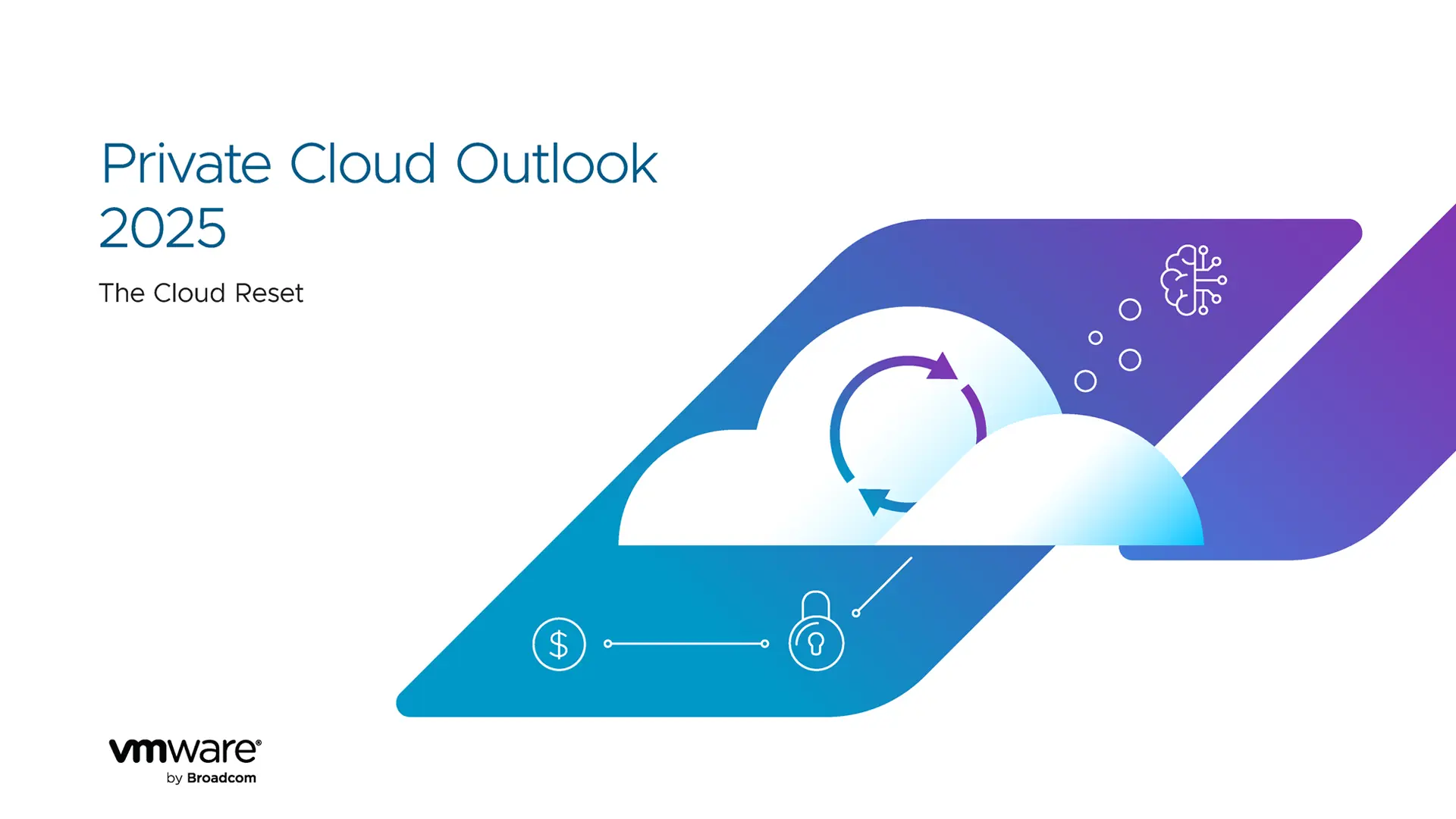What is RAID?
Dedicated servers are a popular choice for businesses that need reliable, high-performance servers. RAID arrays are a common method of distributing data across multiple storage devices for improved performance on dedicated servers.
RAID stands for Redundant Array of Independent Disks. Using RAID with dedicated servers increases redundancy and performance by using multiple hard disk drives to store and access data. RAID uses two or more disks and copies data onto them at the same time.
RAID is used to create an exact copy (or mirror) of all of your data on two or more disks, using either mirroring (copying identical data onto more than one drive) or stiping (spreading data over multiple drives). If you had a drive failure on one of your disks, the other disk(s) would still be able to operate. This ensures that your data and server are protected and downtime is avoided. RAID can also improve your server’s performance by providing data on your hard drives more quickly.
Hardware-based vs software-based RAID
Distributing data amongst multiple disks can either be managed by dedicated hardware or software. Hardware-based RAID uses physical controllers installed in the server, which support various levels of RAID to dictate the kinds of disks you can use in an array, such as SAS, SATA and SSD.
Software-based RAID can be implemented in various ways, including as a layer that abstracts multiple devices to provide a single virtual device, a logical volume manager, a component of the file system, or a layer that sits above the file system. Software-based RAID supports fewer levels than hardware-based RAID.
RAID levels
There are multiple RAID levels and users can choose different levels based on performance requirements or fault tolerance. While there were originally 5 standard levels, over time, variations including nested levels and non-standard levels have developed. The standard RAID levels are defined in the Common RAID Disk Drive Format (DDF), standardised by the Storage Networking Industry Association. The standardisation structure allows for consistency and interoperability between providers.
Two of the most popular types of RAID levels are RAID 1 and RAID 5. They offer a cost-effective balance of redundancy and performance.
RAID 1 is a common RAID level that mirrors data across two separate storage drives for redundancy. If one drive fails, the other drive holds the identical data. This ensures that users can avoid data loss and maintain availability, even if hardware fails. The only downside is that you need to have double the amount of storage space.
RAID 5 is the most common RAID configuration. This RAID level provides better performance than mirroring as well as fault tolerance. With RAID 5, data and parity (additional data used for recovery) are set across three or more disks. It uses a technique called ‘data striping’ to ensure redundancy by distributing data across all of the drives in the array. If there was a storage failure, the affected data could be reconstructed based on the information held on the other drives.
RAID benefits
The benefits of using RAID include:
- Improved data redundancy – data remains accessible if one or more drives fail
- Data protection – RAID protects against data loss, creating additional security for important information
- Scalability – RAID systems can be easily expanded by adding more drives as your storage needs grow
- Fault Tolerance – RAID configurations like RAID 1 and RAID 5 offer fault tolerance, allowing systems to recover from hardware failures without data loss
- Increased Storage Capacity – RAID can combine the storage capacities of multiple disks into a single logical unit, maximising available space
To help you decide which RAID level is best for your application, fill out our contact form to speak to one of our cloud experts.







